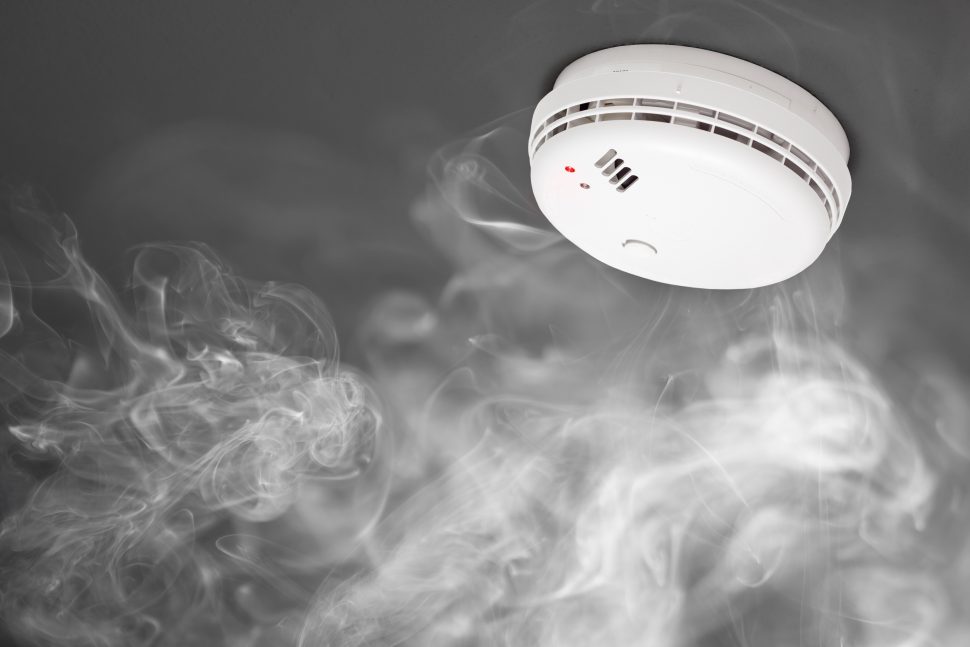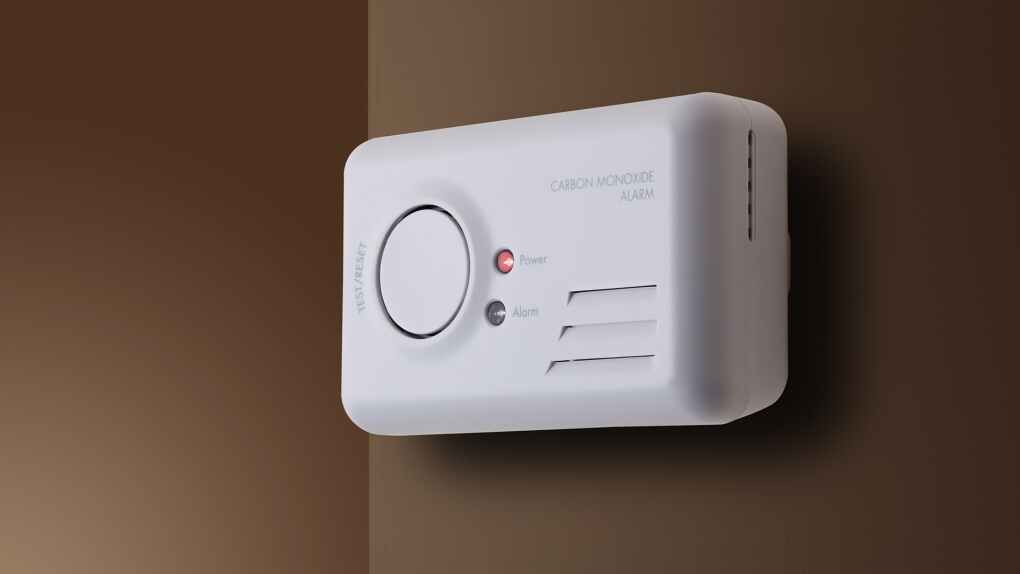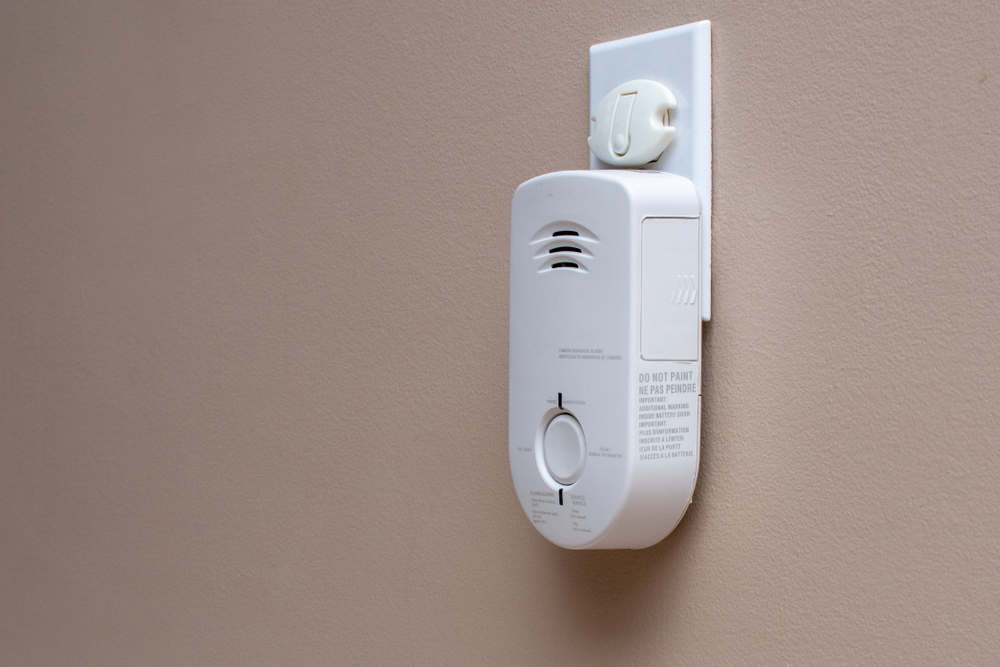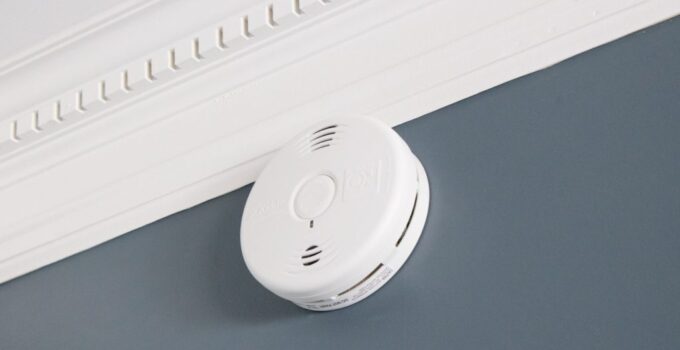Since the 1970s smoke detectors have become present in most homes. Ever since various studies have shown that they increase safety from injury or death by 50 percent if a fire breaks out, everyone has started implementing them in homes.
Carbon monoxide detectors are devices that later appeared on the market, in the early 1990s. Because carbon monoxide is colorless, odorless, and toxic gas, it is very dangerous. Even small amounts produced as a byproduct of burning carbon fuels can lead to death or serious brain damage.
However, what people need to pay attention to is regular testing and maintenance of these devices. It is almost certain that you have them in the house, like everyone else, but if you do not test them regularly, then the danger is almost the same as if you do not have them at all. In order not to have a false sense of security without the detectors actually working, find out how often they need to be tested, as well as other important information regarding smoke and CO detectors.
How often they should be tested?
We will first answer your primary question, and that is how often these two types of detectors need to be tested. We will explain how to test them if you have separate smoke and CO detection devices. If you have 2 in 1 device, the procedure is practically the same.
Smoke detector

The first thing to remember is that testing these two devices must become part of your housekeeping routine. It is best to do this once a month, and of course you can do it more often. Never allow more than 45 days to pass without doing so, because you are seriously risking your safety and that of your family.
The instructions that will come with the smoke detector will indicate the ways to test because that is what the manufacturer thinks is best. The simplest way is to press the button located on the device and it is used for testing.
Hold down the button for a few seconds and then the detector should beep with a recognizable sound.
If it does not activate or the sound is much quieter than it should be, repeat the test once more. If the situation is the same, replace the batteries, as it may be a problem. In case this is not the solution, then it means that the detector is broken and needs to be replaced. Do this as soon as you can, preferably the same day.
Carbon monoxide detector

Source: saskatoon.ctvnews.ca
The procedure for testing a CO detector is practically the same as when testing a smoke detector. Do this once a month by pressing the test button and waiting a few seconds to see if it works.
Replacing the batteries is the first thing you should try, and then replacing the device.
Also, you can try to clean it, as dirt may have accumulated which then covers the sensors and thus prevents them from detecting the presence of smoke or CO.
Crisis testing

Unlike testing we explained in previous paragraphs, crisis testing is conducted a little differently. And this type of test primarily aims to check the sensors themselves, not the condition of the battery.
If you decide to perform this type of test instead of inviting professionals to do it, be sure to have a fire extinguisher if something goes wrong.
It is best to light the candle and place it about 40 cm away from the detector and then wait to see if it will activate. Do not place the candle too close so as not to damage it, and also do not go too far, because then it may not react, even though it is in good working order
Service life of smoke and CO detectors
There is no correct answer when it is the right time to replace the detectors. It primarily depends on the manufacturer. Each manufacturer will say how long its product is expected to last. For example, X-Sense representatives told us that their carbon monoxide detector is expected to last 10 years.
Many other manufacturers provide a 5-year warranty. It varies greatly, depending on price, quality and many other things. However, you should not rely on that, but check every month, as we have already told you. And it would be ideal to replace them after the expected service life has passed. For example, if the service life is 10 years, after a few more years there is only a 50% chance that it will work. So check regularly to know when to replace.
How to prevent poisoning?

Source: furlonghvacservices.com
Now that summer is coming, we will think less and less about heating systems and other things that can put us at risk of poisoning, because such things generally happen more often in winter. Yet you can never be careful enough.
The first, safest and best way to prevent poisoning is to install appropriate detectors. This is the only reliable way and all we will tell you after that are just the precautions you need to follow in addition to installing the detectors.
What is very dangerous, and people often do, is to run a car in the garage. In winter, when it is cold, people want to warm up their vehicle in the morning and it is advisable to do this because of the engine. But it is very dangerous if you do it inside the garage. Don’t be lazy. We know you’re more comfortable just getting into the garage instead of moving the car outside right away, but that can be deadly. CO will build up in the garage very quickly.
Then be very careful if you have a gas range. Always be by its side while it is on. And finally, make sure that the ventilation in your house is correct. That significantly reduces the risk of poisoning.
Conclusion:
Don’t let yourself and your family take risks just because you’re too lazy to take tests once a month, which will only take a few minutes.




